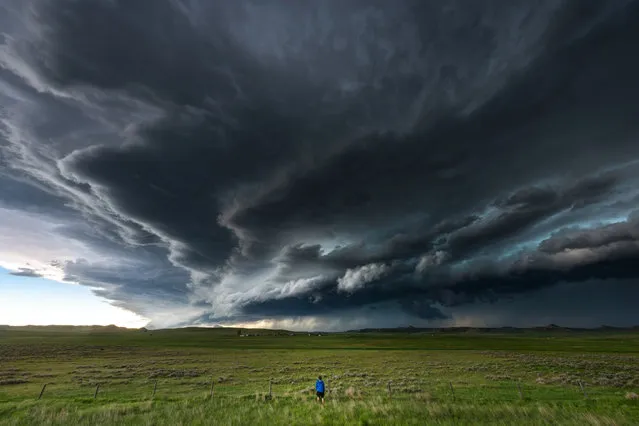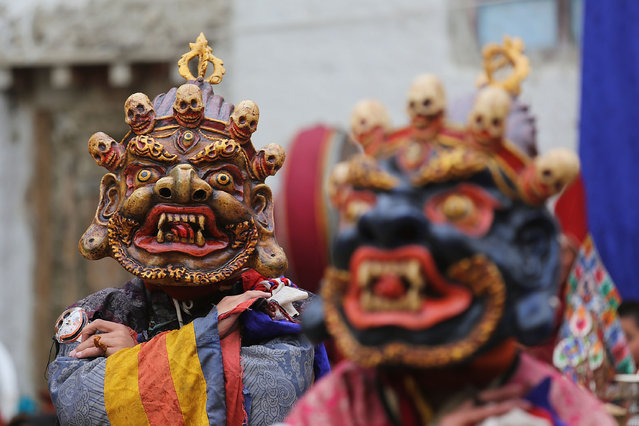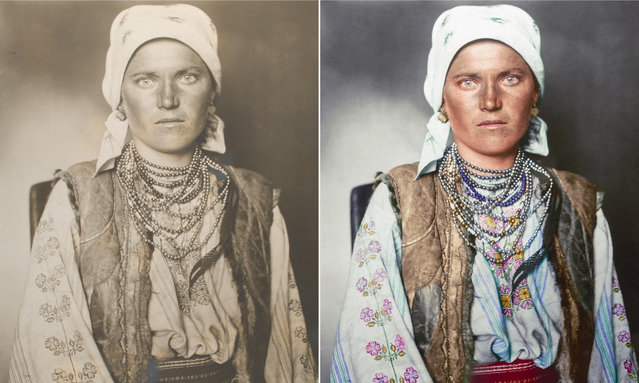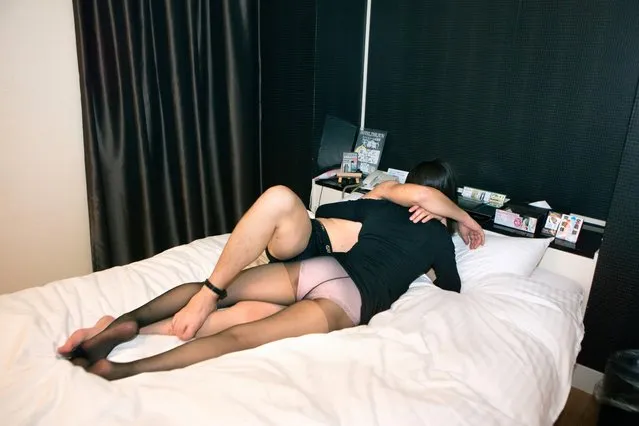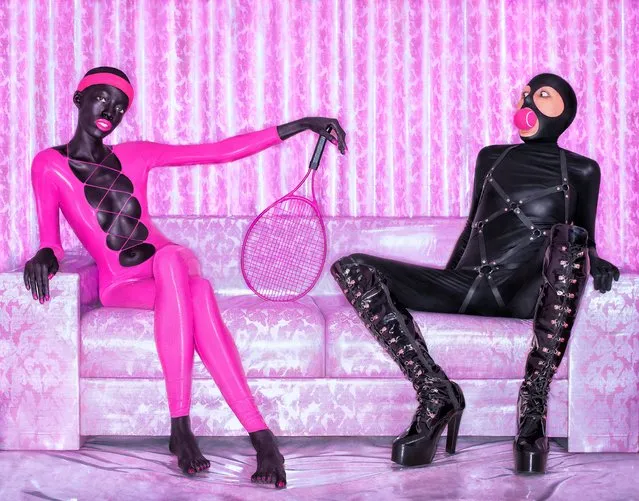
Teenage girls at a drinking fountain in Hyde Park in Central London on August 9, 2022 after weeks with no significant rain and unprecedented high temperatures. Many parts of southern England and Wales are facing drought conditions and preparing for emergency water measures. (Photo by Sarah Lee/The Guardian)
27 Nov 2022 07:31:00,post received
0 comments

